Yardlong Bean Growing Tips: Ever dreamt of harvesting beans so long they practically touch the ground? I know I have! There’s something incredibly satisfying about growing your own food, and when that food is as unique and impressive as yardlong beans, the experience is even better. This isn’t just about gardening; it’s about connecting with a tradition that stretches back centuries.
These fascinating legumes, also known as asparagus beans or Chinese long beans, have been cultivated in Asia for generations, becoming a staple in many cuisines. Imagine the stories they could tell! But beyond their rich history, yardlong beans offer a practical solution for home gardeners like us. They’re vigorous climbers, perfect for maximizing space in smaller gardens, and they produce a bountiful harvest throughout the summer.
Let’s face it, sometimes gardening feels overwhelming. We’re bombarded with complicated techniques and expensive equipment. That’s why I’m excited to share these simple, effective yardlong bean growing tips and DIY hacks. Whether you’re a seasoned gardener or just starting out, these tricks will help you cultivate a thriving yardlong bean patch and enjoy fresh, delicious beans right from your own backyard. Get ready to impress your friends and family with your impressive harvest!
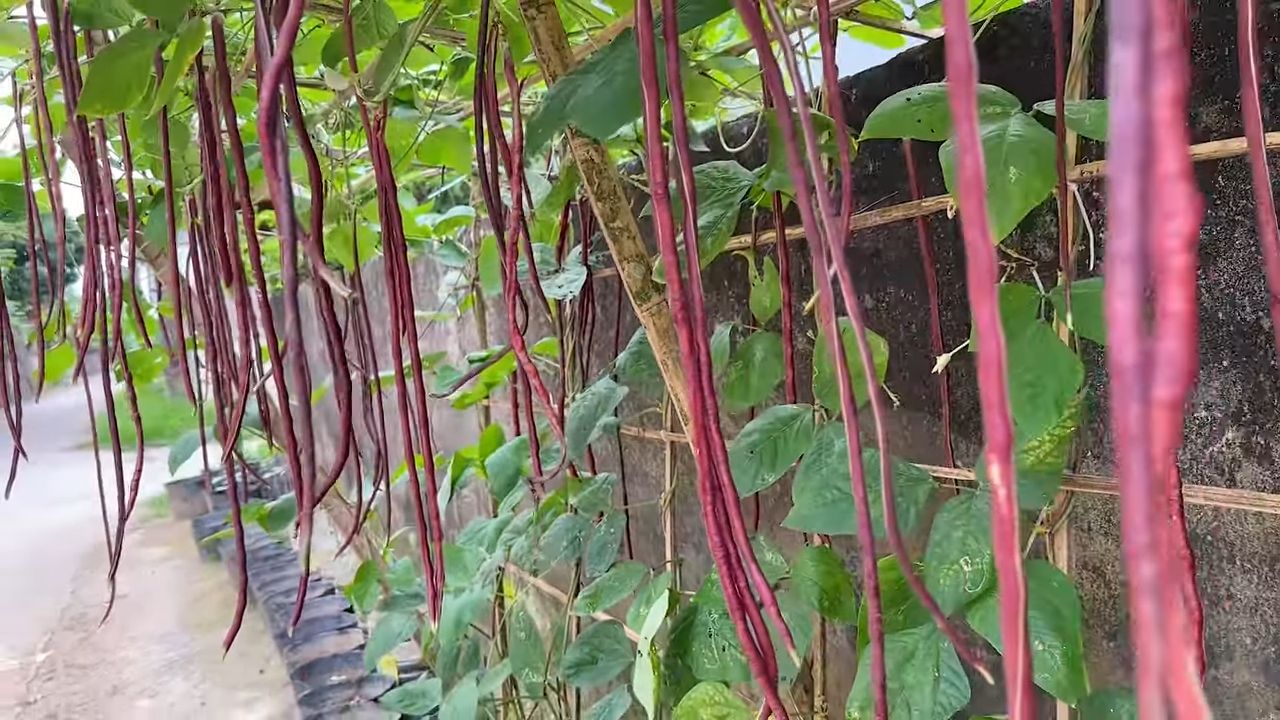
Yardlong Bean Cultivation: My Comprehensive DIY Guide for Long Harvests!
Hello, dear garden friends! I love growing my own vegetables, and yardlong beans, especially the long ones, are a real eye-catcher and a treat for the palate. In this article, I’ll share my proven tips and tricks so you too can achieve a rich harvest of these fascinating legumes. Don’t worry, it’s easier than you think!
What are yardlong beans anyway?
Yardlong beans, also known as asparagus beans or Chinese snake beans, are a fascinating variety of pole beans.[1] They are characterized by their extremely long pods, which can grow up to a meter long! They are not only visually impressive but also incredibly delicious and versatile in the kitchen. They have a slightly sweet taste and a crisp texture.
Why grow yardlong beans?
- Unique appearance: The long pods are a real eye-catcher in any garden.
- High yield: A single plant can produce an impressive amount of beans.
- Healthy and nutritious: Yardlong beans are rich in vitamins, minerals, and fiber.
- Versatile in the kitchen: They can be steamed, fried, grilled, or used in soups and stews.
- Easy to grow: With the right tips and tricks, growing yardlong beans is child’s play.
Preparation: The Key to Success
Before we start with the actual cultivation, good preparation is crucial. Here are the most important steps:
- Location selection: Yardlong beans love the sun! Choose a sunny location with at least 6 hours of direct sunlight per day. The soil should be well-drained and rich in organic matter.
- Soil improvement: Before planting, work compost or well-rotted manure into the soil. This improves the soil structure, drainage, and nutrient content.
- Trellis: Yardlong beans are climbing plants and need a trellis. You can use a trellis, a fence, or a tepee made of bamboo poles. I personally prefer a sturdy trellis as it provides the plants with sufficient support and makes harvesting easier.
- Seed selection: Choose high-quality seeds from a trusted source. Look for varieties that are suitable for your climate. There are different varieties of yardlong beans that differ in length, color, and taste.
Sowing and Planting: The Start of the Season
Now let’s get down to it! Here are the steps for sowing and planting:
- Direct sowing or starting indoors? You can either sow yardlong beans directly in the open ground or start them indoors. I recommend direct sowing as soon as the soil temperature is at least 15°C. This is usually the case from mid-May. If you live in a colder region, you can start the seeds in pots from April and plant the young plants in the open ground after the last frost.
- Sowing in the open ground: Sow the seeds about 2-3 cm deep and with a distance of 10-15 cm from each other. Maintain a row spacing of about 60-80 cm. I always sow 2-3 seeds per planting hole to ensure that at least one plant germinates.
- Starting indoors in a pot: Fill small pots with seed-starting mix and sow 2-3 seeds per pot. Place the pots in a warm and bright place. Keep the soil moist, but not wet. As soon as the young plants are about 10 cm high, you can transplant them into the open ground.
- Planting the young plants: Dig a hole large enough to accommodate the root ball of the young plant. Place the plant in the hole and fill it with soil. Press the soil down lightly and water the plant thoroughly.
- Attaching the trellis: Make sure the trellis is stable and provides the plants with sufficient support. Gently guide the young plants along the trellis.
Care: So that your yardlong beans thrive magnificently
Proper care is crucial for a rich harvest. Here are the most important points:
- Watering: Yardlong beans need regular watering, especially during flowering and pod formation. It is best to water early in the morning so that the leaves can dry off by evening. Avoid waterlogging, as this can lead to root rot.
- Fertilizing: Fertilize the plants regularly with an organic fertilizer. I like to use compost tea or diluted nettle manure. Avoid nitrogen-rich fertilizers, as these promote leaf growth but can impair pod formation.
- Weed control: Keep the soil around the plants free of weeds. Weeds compete with the yardlong beans for water and nutrients.
- Mulching: Mulch the soil around the plants with straw or grass clippings. This helps to retain moisture in the soil, suppress weeds, and fertilize the soil.
- Pests and diseases: Yardlong beans can be infested by various pests and diseases. Watch for signs of infestation and take action if necessary. I like to use natural pesticides such as neem oil or soap solution.
Harvest: The Reward for Your Efforts
The harvest is the crowning glory of your work! Here are the most important tips:
- Harvesting time: Yardlong beans are ready to harvest when the pods are plump and the seeds are not yet too thick. The pods should break easily.
- Harvesting technique: Cut the pods with scissors or a knife. Do not pull on the pods, as you could damage the plant.
- Regular harvesting: Harvest the pods regularly to stimulate the production of new pods. The more often you harvest, the more beans you will get!
- Storage: Yardlong beans do not keep for long. You can store them in the refrigerator for a few days or freeze them. To freeze, blanch the beans briefly in boiling water and then shock them in ice water.
Common Problems and Solutions
Problems can also arise when growing yard-or-long beans. Here are some of the most common problems and their solutions:
- Poor germination: Causes can be soil that is too cold, soil that is too moist, or poor-quality seeds. Pay attention to the correct soil temperature, use high-quality seeds, and do not sow too deep.
- Yellow leaves: Causes can be nutrient deficiency, lack of water, or diseases. Fertilize the plants regularly, water sufficiently, and watch for signs of disease.
- Pests: Yardlong beans can be infested by aphids, bean beetles, or slugs. Use natural pesticides or collect the pests by hand.
- Diseases: Yardlong beans can be affected by fungal diseases such as mildew or bean rust. Ensure good ventilation of the plants, avoid waterlogging, and use fungicides if necessary.
My personal tips for a rich harvest
Regular checks: I check my plants regularly for pests and diseases in order to be able to take action at an early stage.
* Geduld
Starting indoors: I like to start my yardlong beans indoors to advance the harvest time.
Companion planting: Yardlong beans benefit from companion planting with other plants such as corn, sunflowers, or marigolds.
Soil care: I pay special attention to good soil care, as yardlong beans need nutrient-rich soil.
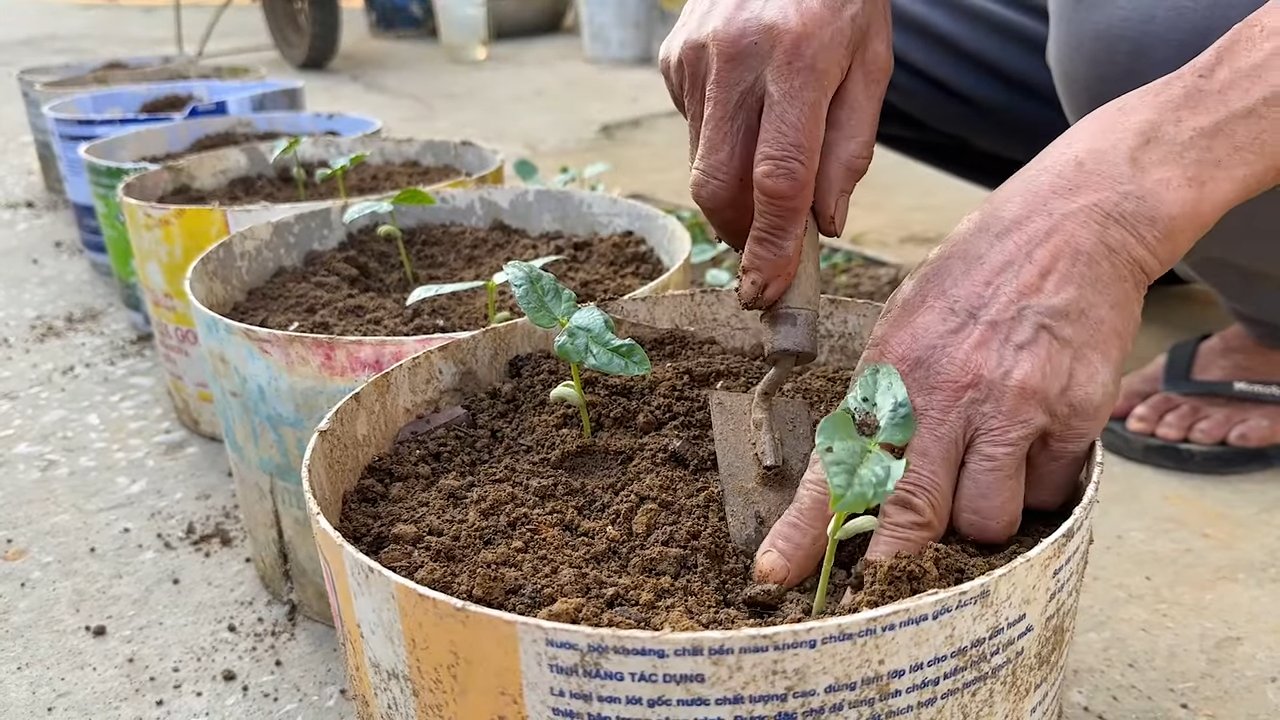
Conclusion
So, there you have it! Mastering the art of growing yardlong beans doesn’t require a green thumb blessed by the gardening gods. It’s about understanding their needs, providing the right support, and implementing a few key strategies. This isn’t just about growing beans; it’s about cultivating a rewarding experience, connecting with nature, and enjoying the unparalleled flavor of homegrown produce.
Why is this DIY approach a must-try? Because it empowers you to take control of your food source, reduce your reliance on store-bought vegetables (often laden with pesticides and lacking in freshness), and experience the sheer joy of harvesting something you nurtured from seed to table. Plus, yardlong beans are incredibly prolific, meaning a small investment in time and effort can yield a bountiful harvest that will keep you and your family well-fed for weeks.
But don’t stop there! Experiment with different varieties of yardlong beans. Try growing the classic green ones, or venture into the world of purple or red varieties for a splash of color in your garden and on your plate. Consider companion planting to maximize your yields and deter pests naturally. Marigolds, basil, and nasturtiums are excellent choices for planting alongside your yardlong beans.
And speaking of pests, remember to stay vigilant and address any issues promptly. A simple solution of insecticidal soap can work wonders against aphids and other common garden pests. Regular watering, especially during dry spells, is also crucial for healthy growth and abundant bean production.
We’ve covered a lot of ground, from seed selection and soil preparation to trellising techniques and pest control. But the most important thing is to get started! Don’t be afraid to experiment, learn from your mistakes, and adapt your approach as needed. Gardening is a journey, not a destination, and the rewards are well worth the effort.
Now, we wholeheartedly encourage you to try these **yardlong bean growing tips** in your own garden. Whether you’re a seasoned gardener or a complete novice, we believe you can successfully grow these delicious and versatile beans. And once you’ve harvested your first crop, we’d love to hear about your experience! Share your photos, tips, and stories in the comments below. Let’s create a community of yardlong bean enthusiasts and inspire others to embrace the joys of homegrown food. Happy gardening!
Frequently Asked Questions (FAQ)
What are the best varieties of yardlong beans to grow?
The “best” variety really depends on your personal preferences and local climate. However, some popular and reliable choices include:
* **Red Noodle:** Known for its vibrant red color and slightly nutty flavor. It adds a beautiful visual element to your garden and dishes.
* **Chinese Long Bean:** A classic green variety that’s widely available and produces long, slender beans with a mild, slightly sweet taste.
* **Orient Wonder:** Another popular green variety that’s known for its high yields and disease resistance.
* **Purple Podded:** A visually stunning variety with deep purple pods. The color fades slightly when cooked, but it still adds a unique touch to your meals.
Consider your local climate and growing conditions when making your selection. Some varieties may be better suited to warmer or cooler climates. Also, check with your local garden center or seed supplier for recommendations on varieties that perform well in your area.
How much space do yardlong beans need?
Yardlong beans are vigorous climbers and require ample vertical space. As a general rule, provide at least 6-8 inches of spacing between plants in a row. Rows should be spaced 2-3 feet apart to allow for easy access and air circulation. The height of your trellis or support structure should be at least 6-8 feet tall, as the vines can grow quite long.
Remember that adequate spacing is crucial for healthy growth and good air circulation, which helps prevent fungal diseases. Overcrowding can also lead to reduced yields.
How often should I water my yardlong beans?
Yardlong beans need consistent moisture, especially during hot, dry weather. Water deeply and regularly, aiming to keep the soil consistently moist but not waterlogged. A good rule of thumb is to water 2-3 times per week, or more frequently during periods of extreme heat.
Check the soil moisture regularly by sticking your finger into the soil about an inch deep. If the soil feels dry to the touch, it’s time to water. Avoid overhead watering, as this can promote fungal diseases. Instead, water at the base of the plants, using a soaker hose or drip irrigation system if possible.
What are some common pests and diseases that affect yardlong beans?
Yardlong beans can be susceptible to a variety of pests and diseases, including:
* **Aphids:** Small, sap-sucking insects that can weaken plants and transmit diseases.
* **Bean beetles:** These beetles and their larvae feed on the leaves and pods of bean plants.
* **Spider mites:** Tiny mites that suck sap from leaves, causing them to become speckled and discolored.
* **Fungal diseases:** Such as powdery mildew and anthracnose, which can cause leaf spots, wilting, and reduced yields.
To prevent pest and disease problems, practice good garden hygiene, such as removing weeds and debris, and providing good air circulation. Inspect your plants regularly for signs of pests or diseases, and take action promptly if you notice any problems. Insecticidal soap, neem oil, and copper fungicide can be effective treatments for many common pests and diseases.
When is the best time to harvest yardlong beans?
Yardlong beans are typically ready to harvest about 60-70 days after planting. The beans should be long and slender, but still tender and flexible. Avoid harvesting beans that are overly mature, as they can become tough and stringy.
Harvest the beans regularly to encourage continued production. Use scissors or pruning shears to cut the beans from the vine, being careful not to damage the plant. The ideal length for harvesting is typically around 12-18 inches, but you can harvest them at any size that you prefer.
Can I grow yardlong beans in containers?
Yes, you can successfully grow yardlong beans in containers, but you’ll need to choose a large container (at least 12-18 inches in diameter) and provide a sturdy trellis or support structure. Use a well-draining potting mix and water regularly. Container-grown plants may need more frequent watering and fertilization than those grown in the ground.
Choose a sunny location for your container-grown yardlong beans, and be sure to provide adequate support for the vines to climb. You may also need to protect the plants from strong winds.
How can I store yardlong beans?
Freshly harvested yardlong beans can be stored in the refrigerator for up to a week. Place them in a plastic bag or container to prevent them from drying out. You can also freeze yardlong beans for longer storage. Blanch them in boiling water for 2-3 minutes, then plunge them into ice water to stop the cooking process. Drain well and freeze in freezer bags or containers.
Yardlong beans can also be pickled or dried for later use. Pickled yardlong beans make a delicious and tangy condiment, while dried beans can be rehydrated and used in soups, stews, and other dishes.

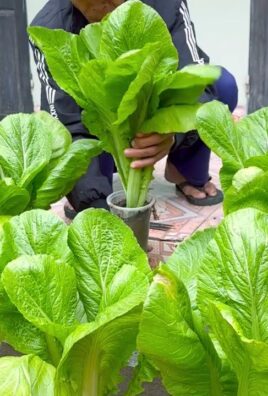
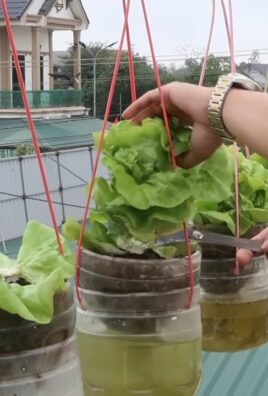
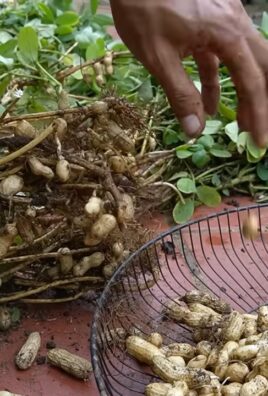
Leave a Comment